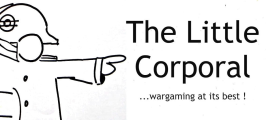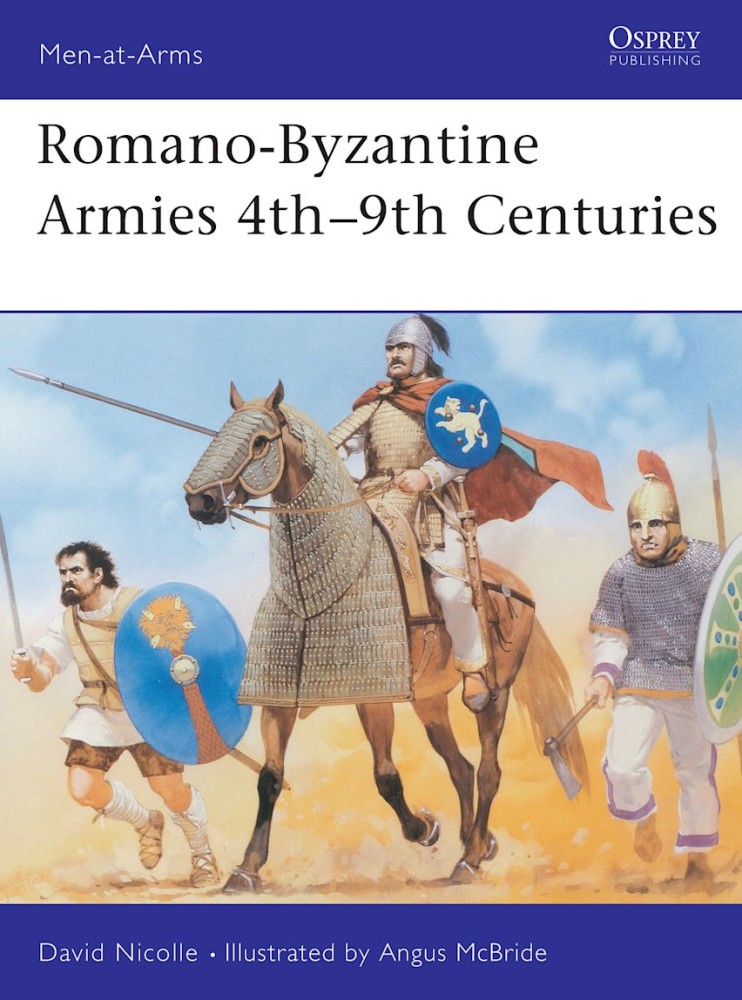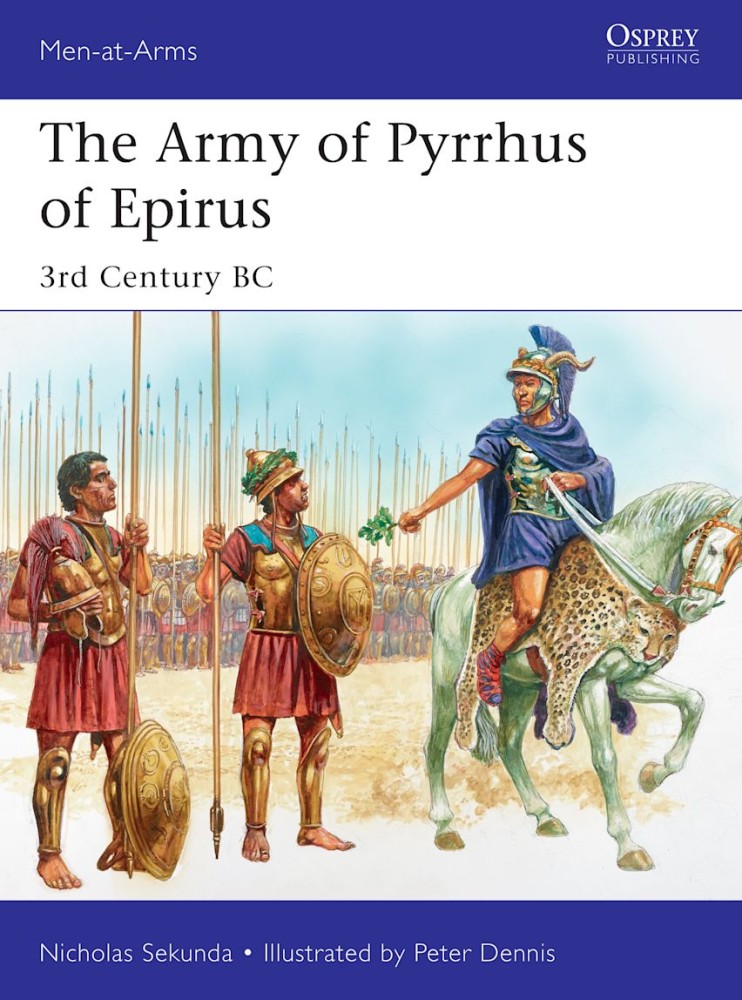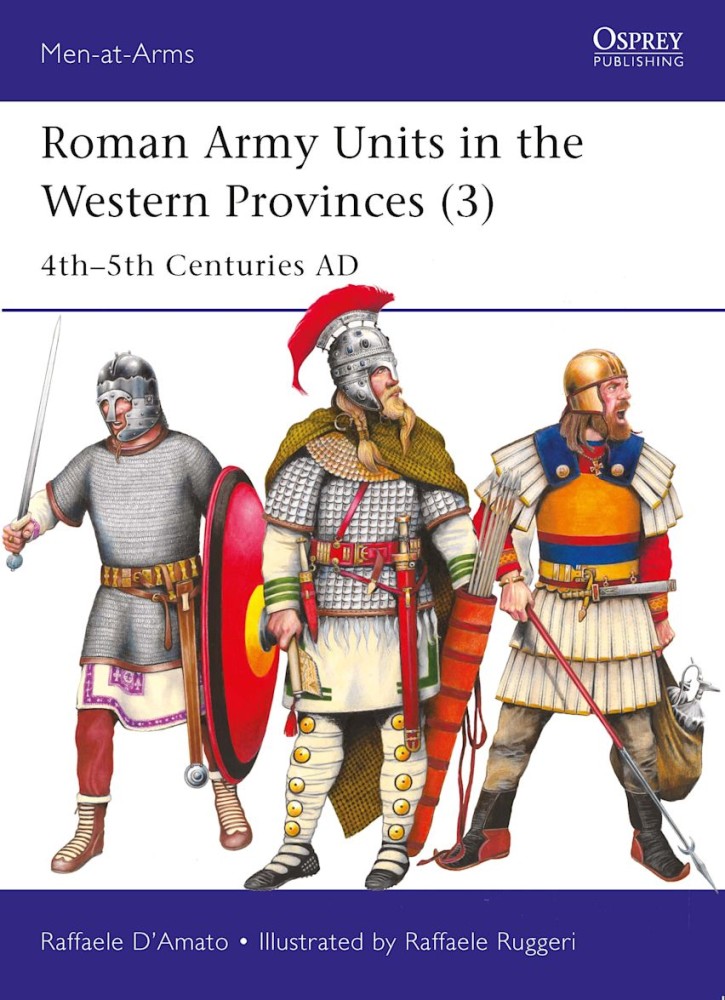Although the Byzantine Empire was a continuation of the Roman Empire and faced similar military problems, its solutions were very different. In North Africa, for example, Rome's large army concentrated on securing main roads and urban centres. Byzantium's smaller army built more fortifications and took a defensive stance. The most striking characteristic of later Byzantine military thinking was, however, the theme or provincial army system, which owed nothing to ancient Roman tradition. With eight superb full colour plates by Angus McBride, and many other illustrations, David Nicolle examines the history of Romano-Byzantine armies from 4th-9th centuries.
Pyrrhus was one of the most tireless and famous warriors of the Hellenistic Age that followed the dispersal of Alexander the Great's brief empire. After inheriting the throne as a boy, and a period of exile, he began a career of alliances and expansion, in particular against the region's rising power: Rome. Gathering both Greek and Italian allies into a very large army (which included war-elephants), he crossed to Italy in 280 BC, but lost most of his force in a series of costly victories at Heraclea and Asculum, as well as a storm at sea. After a campaign in Sicily against the Carthaginians, he was defeated by the Romans at Beneventum and was forced to withdraw. Undeterred, he fought wars in Macedonia and Greece, the last of which cost him his life. Fully illustrated with detailed colour plates, this is the story of one of the most renowned warrior-kings of the post-Alexandrian age, whose costly encounters with Republican Rome have become a byword for victory won at unsustainable cost.
A fully illustrated account of the large-scale reformation of the Roman Army from the reign of Diocletian to the fall of the Western Empire in AD 476.
After the 50-year chaos of the mid-3rd century AD, Emperor Diocletian (r. AD 284–305) and his successor, Constantine I (r. AD 306–37), the first Christian emperor, undertook major administrative reforms to reflect new realities and improve defensive strategy. These changes saw the Roman Army completely reorganized, with its old structure of legions and auxiliary units giving way to central mobile field armies and various classes of garrison troops. In addition, the Army also began recruiting 'allied barbarians' in ever-increasing numbers and even promoted some to the level of senior command.
Roman military expert Raffaele D'Amato draws on the latest archaeological and written evidence to explore this turbulent final period of the Western Empire. Illustrated with photographs and drawings of surviving artefacts and imagery, this latest entry in a series charting the Roman Army's evolution also features eight newly commissioned colour plates depicting the uniforms and weaponry of Rome's reformed military.



